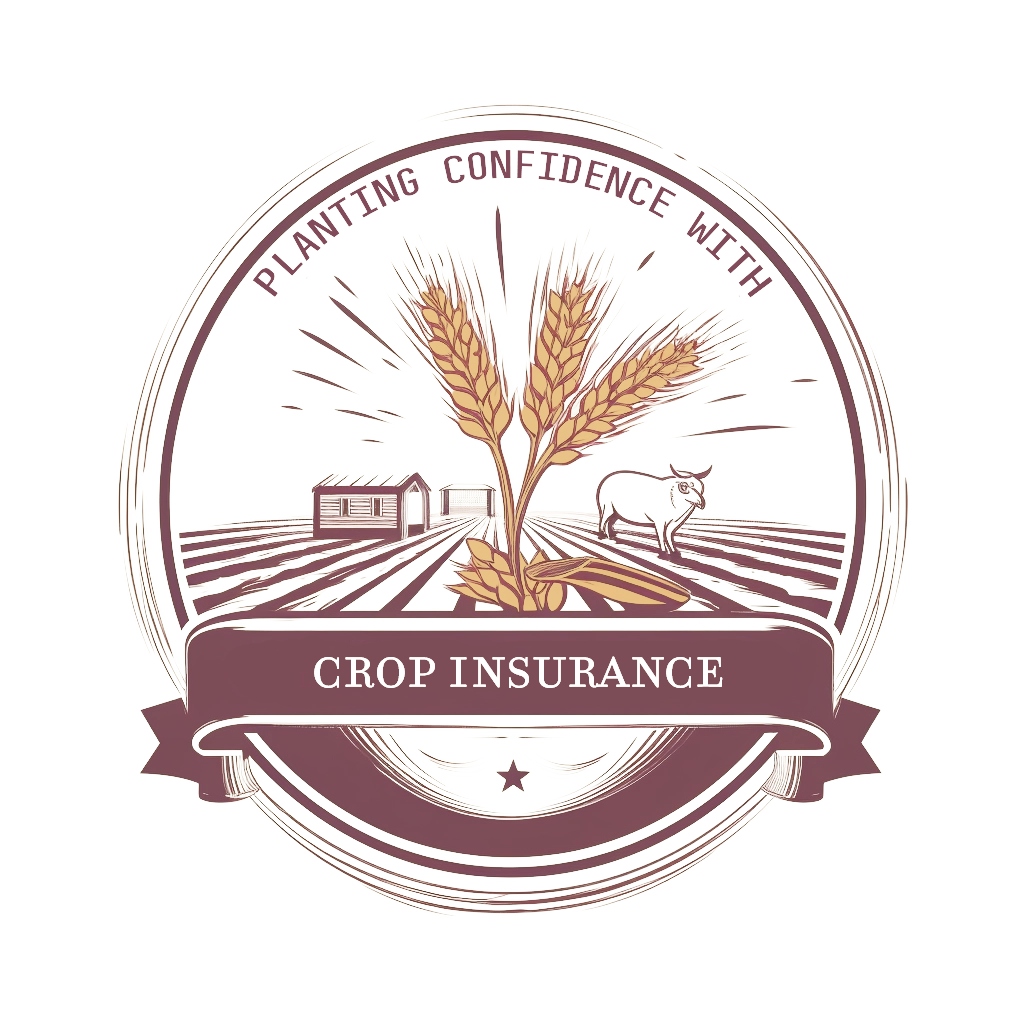PRF – Pasture Rangeland Forage
The Pasture, Rangeland, and Forage (PRF) insurance program is a Rainfall Index plan of insurance. This means that instead of using a measurement for actual crop yield, the insurance guarantee for PRF is based on an amount of precipitation measured by weather data for a defined area and time period . Rainfall Index (RI) plans of insurance are offered for crops for which production can be directly linked to rainfall amounts received during defined periods of time. Under the Federal Crop Insurance program, RI insurance is available for just two crops: PRF and apiculture (API), or beekeeping.
Some agricultural production is difficult to measure. For example, consider the annual amount of grass that is grown in a pasture. Animal unit months (AUMs) are a standard benchmark for livestock grazing, but measuring AUMs is far from an exact science. Whereas bushels of corn produced on an acre of farmland can be counted with a high degree of accuracy, pasture AUMs depend on the type of livestock consuming forage and extent to which the pasture might be over or under grazed in that period. In this case, when an objective measure of the underlying crop is not available, insurance can be based in an “index,” which is measurable and closely related to it. In the case of PRF, pasture, rangeland, and forage productivity moves up and down with the amount of rainfall it receives.
Pasture grazing and forage are important inputs for livestock producers. PRF can help livestock producers manage production risk by providing insurance coverage for an essential production factor. If lack of precipitation causes a shortage of available pasture, PRF indemnities can provide funds to purchase forage or offset other losses.

